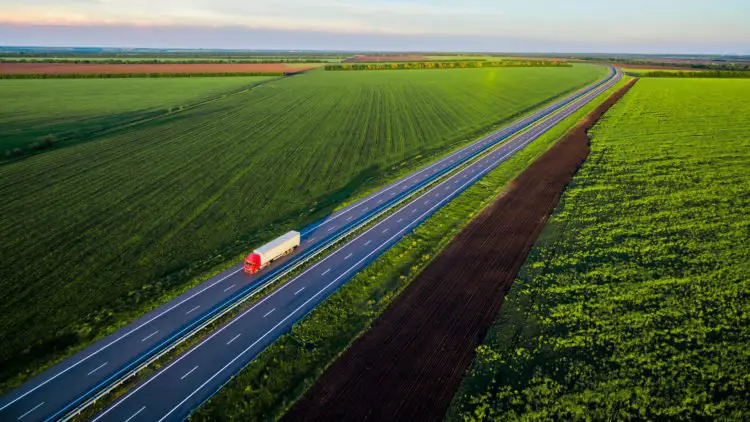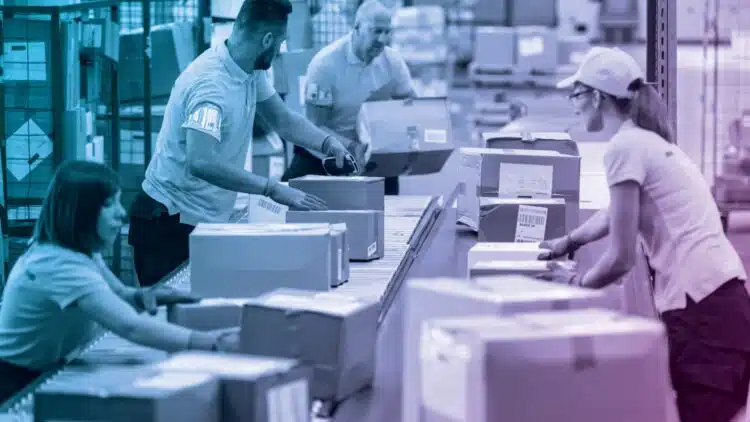Here’s what you should be looking for in a track and trace visibility solution.
It’s hard to imagine logistics without track and trace technology. Before shipment tracking, freight shipments were recorded by hand with a pen, and much of what happened on a parcel’s journey from vendor to customer was unknown. Today, advanced logistics technology has brightened the path, and tracking technology has created faster and more efficient freight solutions for countless companies.
How it All Started
The origins of real-time visibility coincided with the advent of the widespread adoption of the World Wide Web. Before that, many carriers tracked their packages electronically, but it not until the mid 90’s that carriers created a self-service user experience through the internet to view the information.
More than 20 years later, many companies are receiving this data from the carriers and presenting it to the user on their computers. You have a map of all shipments in real-time. Loads are color-coded to display shipment statuses. Track and trace has become an expected part of a customer’s shipping experience.
Deploy Track and Trace to Improve Logistics Management
Ultimately, the technology helps companies provide better customer service. When used to track inbound freight, it allows companies to plan their receiving efforts more efficiently. When applied to track outbound freight to the customer, it provides the customer instant access to the status of their shipment. It is designed to prevent lengthy calls to customer service to find out where their order is and when it will arrive.
Track and trace data allows for the shipping process to move smoothly and expectedly. Most importantly, the insights provide opportunities for remedies when things don’t go smoothly.
Become the best logistics expert in the room
There are many ways to provide improved logistics management. But what companies need is a system that offers end-to-end logistics tracking and makes the insights actionable. There will be next generation freight tracking solutions that allow users to view the order status with prescriptive actions. Today’s solutions only show you the status of the order once it leaves the shipping dock.
When the track and trace system shows the truck with your order has broken down, there’s nothing you can do. There’s no button you can press that will fix the truck and get the freight moving again. The next generation of freight tracking will integrate orders from the vendor (inbound freight) to the end consumer (outbound freight). The insights will be actionable, allowing a company to diagnose the cause of their late shipments. Preventative action plans can be developed to create a sustainable competitive advantage.
Choosing the Right Track and Trace Provider
When evaluating a visibility supplier, ask them one question; ‘How will you help me create successful initiatives that will provide me with a competitive advantage?’ If they can’t show how their system makes your insights actionable, find a different provider.
A track and trace solution should provide the following three things:
- Actionable insights—allows you to dig deeper into how you’re performing and diagnose the issues.
- Initiative development—data to identify where to begin and what actions to take to solve these issues.
- Initiative deployment—allows you to expand beyond how you are doing things today, which creates a competitive advantage and long-term value. Seeing a bunch of color-coded dots on a map is cool, but impacting the bottom line is valuable.
You may also be interested in…
3 Facts Your Track and Trace, Real-Time Visibility Platform Is Not Telling You
Despite being around for decades, technology has proliferated track and trace solutions in recent years. But how can you leverage your visibility to inform your logistics strategy, reduce costs and increase optimization?





